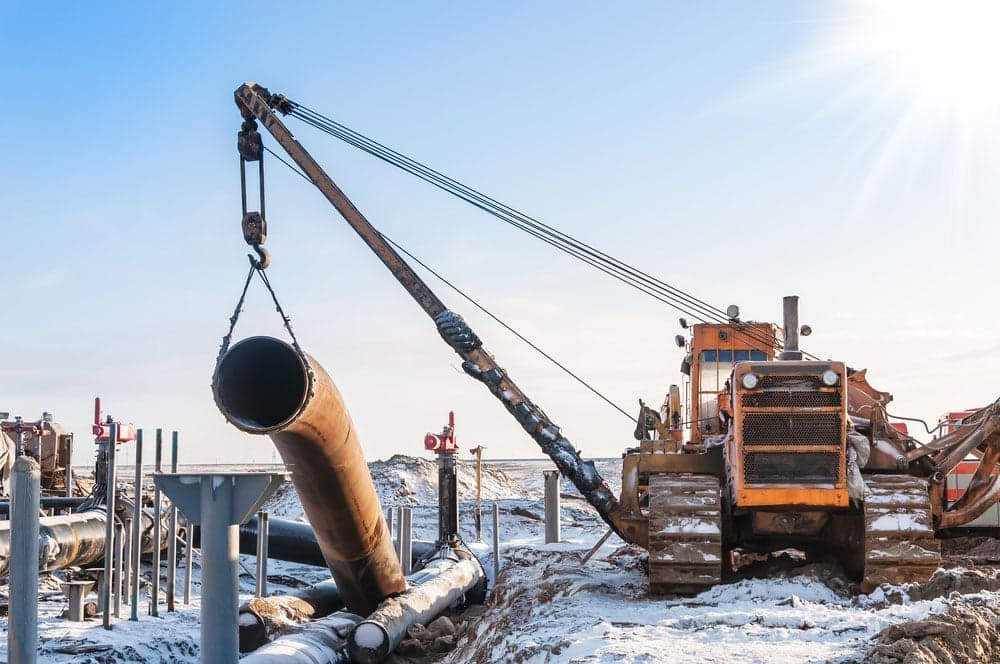At least a dozen oil and gas explosions have occurred in Colorado in the past year.
Colorado regulators last week approved new rules for thousands of oil and gas pipelines, 10 months after investigators blamed a leaking pipeline for a fatal gas explosion.
The regulations set requirements for installing, testing and shutting down flow lines carrying oil and gas from wells to nearby equipment. They also require energy companies to report the locations of many pipelines to regulators.
The rules are intended to prevent a repeat of the April 2017 explosion that killed two people, injured a third and destroyed a house in Firestone, about 30 miles north of Denver. Investigators said the explosion was caused by odorless, unrefined natural gas from a severed flow line.
The line was believed to be abandoned but was still connected to an operating well with the valve turned to the open position, investigators said. The flow line was severed about 10 feet from the house, and gas seeped into the home's basement, investigators said. The well and pipeline were in place several years before the house was built.
Colorado has nearly 129,000 flow lines within about 1,000 feet of occupied buildings, according to energy company reports submitted to the state last year.
The proximity of oil and gas wells to homes and schools is a contentious issue in Colorado, especially in the fast-growing Front Range urban corrido, which overlaps with an oil and gas field. Firestone is in the midst of the growth area.
The new regulations says flow lines that are permanently taken out of service must be disconnected, drained and sealed at both ends and any above-ground portion must be removed. The rules also allow energy companies to simply remove the lines.
The proposal also requires energy companies to provide information on the location of flow lines to the Call 811 program, which marks the site of underground utilities at a property owner's request and is meant to avoid inadvertently severing a line.

